Wallace is a modular, R-based platform for reproducible modeling of species niches and distributions. The application guides users through a complete analysis, from the acquisition of data to visualizing model predictions on an interactive map, thus bundling complex workflows into a single, streamlined interface.
Wallace is open: the code is free to use and modify (GPL 3.0), and it gives users access to some of the largest public online biodiversity databases. The application is expandible, as users can author and contribute modules that enable new methodogical options. There are flexible options for user uploads and downloads of results. The session is interactive, with an embedded zoomable map, sortable tables, and assorted visualizations of results. Wallace is instructive, with guidance text throughout that educates users about theoretical and analytical aspects of each step in the workflow. Lastly, it is reproducible, as users can download an R Markdown file that reruns the analysis.
Wallace is written using the web app development R package shiny. Development requests or contributions should be directed to either the Github repository or the Google Group forum (links above).
If you use Wallace in your research, please cite these papers.
Our latest software note is in Ecography, detailing the updates made in version 2, or see our initial publication in Methods in Ecology and Evolution for more information.
This publication was recognized as the Top Cited Article in Ecography among work published between January 1, 2023 and December 31, 2023.
Kass JM, Pinilla-Buitrago GE, Paz A, Johnson BA, Grisales-Betancur V, Meenan SI, Attali D, Broennimann O, Galante PJ, Maitner BS, Owens HL, Varela S, Aiello-Lammens ME, Merow C, Blair ME, Anderson RP. (2023). wallace 2: a shiny app for modeling species niches and distributions redesigned to facilitate expansion via module contributions. Ecography, Volume 2023(3), e06547. https://doi.org/10.1111/ecog.06547
Kass JM, Vilela B, Aiello‐Lammens ME, Muscarella R, Merow C, Anderson RP. (2018). Wallace: A flexible platform for reproducible modeling of species niches and distributions built for community expansion. Methods in Ecology and Evolution, 9, 1151–1156. https://doi.org/10.1111/2041-210X.12945
For a tutorial, please see our updated vignette for version 2.0.0+.
This vignette has lots of images, which makes the file size too big for CRAN, so we are hosting it here instead. This vignette is also available in Spanish.
You can also find the previous vignette (written for Wallace v1.0.5) here.
We also have a Module Addition Vignette for instructions on how to add your own module into the Wallace workflow.
Wallace is available as a Docker image on Docker Hub. Anyone who has Docker installed on their system can use this image to run Wallace without the need to interface with R. Follow these steps:
Wallace can also run in the CyVerse Visual Interactive Computing Environment (VICE). We have developed a VICE App that is currently available by contacting Matt Aiello-Lammens at maiellolammens@pace.edu, and will be publically available soon.
A generic presentation slide deck for Wallace is available as a PDF or a editable Power Point file. We are providing these files under the Creative Commons - Attribution - Share Alike 4.0 license.
Members of our team have delivered webinars about Wallace in English and Spanish. Citations and links are below. We also have a YouTube page with additional videos in multuple languages.
Spanish: The following webinars were part of the "Modelado de Distribuciones Potenciales" series, organized by Angela Cuervo:
Paz, A. 3 October 2023. “Wallace EcoMod: Nuevas funcionalidades para aplicaciones en conservación”. Seminarios 2023 - Wallace EcoMod. Watch on
YouTube.
Anderson, R. P. 21 May 2018. "El software Wallace para modelar nichos y distribuciones: Un coche con motor R,
volante de ratón y cerebro de humano." Broadcast from the City College of New York, City University of New York. Watch on
YouTube.
English: The following webinar was the "37th Global Online Biodiversity Informatics Seminar" in the Biodiversity Informatics Training Curriculum organized by Town Peterson:
Kass, J. M. 9 May 2018. "WALLACE: A flexible platform for reproducible modeling of species niches and distributions built for community expansion." Broadcast from the City College of New York, City University of New York. Watch on YouTube.
We encourage the use of Wallace for teaching species distribution modeling techniques or biogeography principles more generally. In fact, we have used Wallace for this very purpose at workshops delivered to multiple audiences. Here is an example of a course delivered at the Student Conference on Conservation Science - NY.
Open-access teaching resources for Species Distribution Modeling using Wallace are available in both English and Spanish through the American Museum of Natural History's (AMNH) Network of Conservation Educators and Practitioners (NCEP):
English: Aiello-Lammens, M.E., Anderson, R., Blair, M. Johnson, B., Kass, J., Meenan, S.I., Paz, A., Pearson, R., and Pinilla-Buitrago, G. 2023. Species Distribution Modeling for Conservation Educators and Practitioners, Center for Biodiversity and Conservation, American Museum of Natural History, New York, NY. Available from: https://doi.org/10.5531/cbc.ncep.0184.
Spanish: Aiello-Lammens, M.E., Anderson, R., Blair, M. Johnson, B., Kass, J., Meenan, S.I., Paz, A., Pearson, R., and Pinilla-Buitrago, G. 2023. Modelado de Distribución de Especies para Educadores y Profesionales de la Conservación, Center for Biodiversity and Conservation, American Museum of Natural History, New York, NY. Available from: https://doi.org/10.5531/cbc.ncep.0185.
You can also review the articles related to this material, which were published in Lessons in Conservation: Volume 13, the official journal of the NCEP:
Aiello-Lammens, M. E., Paz, A., Johnson, B. A., Blair, M. E., & Pearson, R. G. (2023). A brief introduction to species distribution modeling for conservation educators and practitioners. Lessons in Conservation, 13, 61-75. https://doi.org/10.5531/cbc.linc.13.1.5
Johnson, B. A., Pinilla-Buitrago, G. E., Paz, A., Kass, J. M., Meenan, S. I., Anderson, R. P. (2023). Creating and optimizing species distribution models: a vignette for Wallace ecological modeling application v2.0. Lessons in Conservation, 13, 76-118. https://doi.org/10.5531/cbc.linc.13.1.6
If you use Wallace in your teaching, we would like to hear about your experiences. Please take a moment to complete the short survey - Wallace external workshop and curriculum survey.
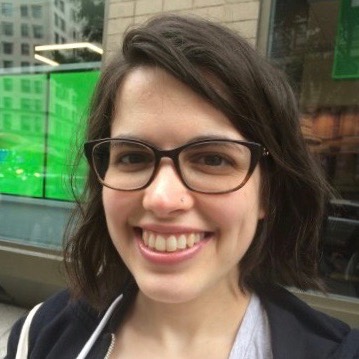





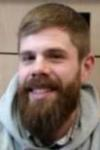
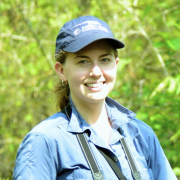
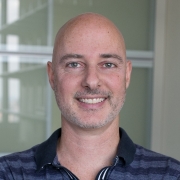
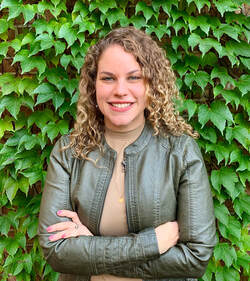

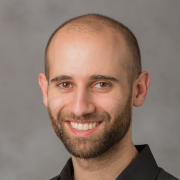

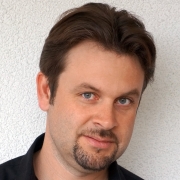

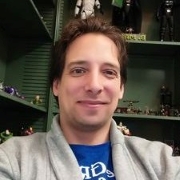
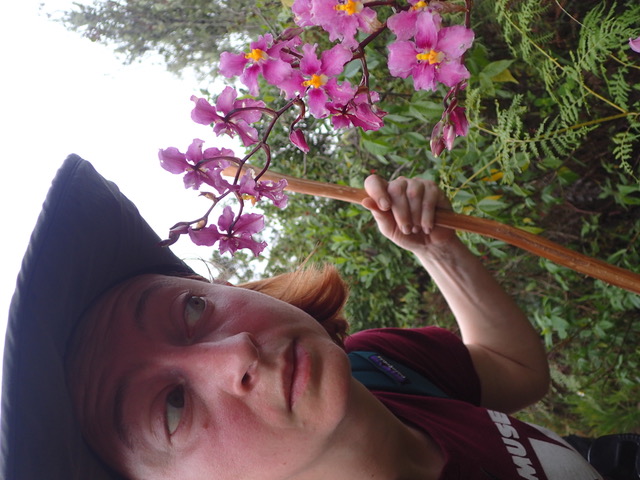

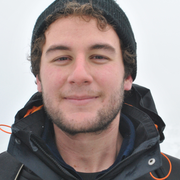

Wallace was recognized as a finalist for the 2015 Ebbe Nielsen Challenge of the Global Biodiversity Information Facility (GBIF), and received prize funding.
This material is based upon work supported by the National Science Foundation under Grant Numbers DBI-1650241 (RPA), DEB-1119915 (RPA), DBI-1661510 (RPA), DEB-1046328 (MEA), and DBI-1401312 (RM). Any opinions, findings, and conclusions or recommendations expressed in this material are those of the author(s) and do not necessarily reflect the views of the National Science Foundation.
This material is also based upon work supported by NASA under award No. 80NSSCK0406 (PI - Dr. Mary Blair at the American Museum of Natural History. More information on this portion of the project can be found at the maskRanger R package website. Any opinions, findings, and conclusions or recommendations expressed in this material are those of the author(s) and do not necessarily reflect the views of the National Aeronautics and Space Administration.
Additional sources of funding for JMK include a CUNY Science Scholarship and a CUNY Graduate Center Provost Digital Innovation Grant, and for BV include a Coordination for the Improvement of Higher Education Personnel (CAPES) doctoral grant from Brazil.
Mahmoud Shahin designed the WallaceEcoMod logo with inspiration from “Wallace’s butterfly” (Ornithoptera croesus; Wallace’s golden birdwing), an idea first suggested by Samuel Chang.